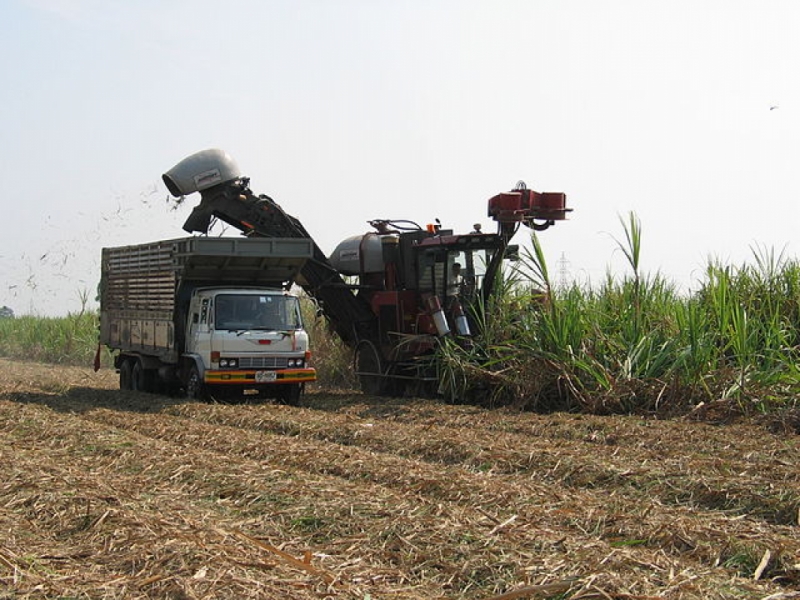



The controversy in the construction of the Don Sahong Dam in northern Laos continues, and while concerned agencies and groups debate on the impacts these hydropower projects have on the Mekong Region, there is another energy-related issue also worth paying attention to: biofuel.
The status of biofuel in the Mekong Region
The Mekong Region countries have one of the highest records in agricultural production and performance in Southeast Asia, and the region's diversity in terms of crops grown offers extensive opportunities for biofuel production.
In fact, attempts to explore the potentials of biofuel in the region are not new or lacking. The International Energy Agency reported in 2011 that China takes the lead in biofuel use among the six Mekong countries, with bio-ethanol produced from corn and wheat. Thailand likewise uses bio-ethanol sourced from oil palm and Jatropha. The other countries – Vietnam, Cambodia, Lao PDR and Myanmar – also engage in experimental, smaller-scale biofuel production using agricultural crops like sugarcane, coconut, oil palm, cassava, and sweet sorghum.
The demand for biofuel is not just high; the demand for energy is higher. The Asian Development Bank reported that Thailand and even Laos have started to import their energy sources (i.e. fossil fuel) because of the growing demand that outweighs production. Furthermore, this demand is seen to increase every year as consumption increases.
Cost on agriculture and food security

While there is a felt and urgent need to tap into and explore alternative energy sources, biofuel - much like the hydropower plants in the Mekong River - has its own adverse impacts on key sectors like the environment and agriculture.
One is in terms of land use. The conversion of lands – both agricultural and forests areas - into plantations for biofuel raw material, have serious repercussions on biodiversity. Like in the case of Indonesia's forests, plant species are destroyed and the local fauna are driven out of their homes.
In agriculture, the increased production of agricultural crops that serve as raw materials for biofuel can cause the prices of other crops to increase or drop dramatically. The ADB report explains as example that as more agricultural crops like cassava are used for biofuel than for consumption purposes such as feedstock, the prices of other agricultural produce that use cassava as feedstock may increase.
So while at one point, biofuel development can promote self-sufficiency in the production of crops used for biofuel, it can also drive prices of other commodities higher, therefore affecting those who do not produce food for consumption. High prices would mean decreased access to and consumption of these agricultural commodities, and in turn, would mean deficient nutrition especially among poor households.
Towards sustainable biofuel development
There is a strong need to address both the demand for energy as well as the potential negative impacts of biofuel production as alternative energy source. The ADB report notes that in present situation where Thailand and China have large-scale biofuel projects, and the exploratory and experimental developments in the rest of the GMS countries, biofuel can take on a considerable portion of the countries’ energy demands that otherwise rely on fossil fuels.
However, critical policies and mechanisms that will counter its impacts on food security and agriculture, among other things, should be in place. These would include encouraging the use of marginal agricultural lands to minimize land conversion, and explorations on second-generation biofuel that do not use crops for feedstock to prevent competition and price fluctuations of commodities in the market.